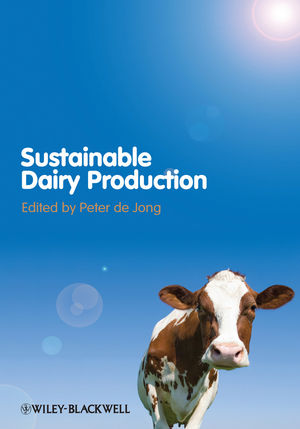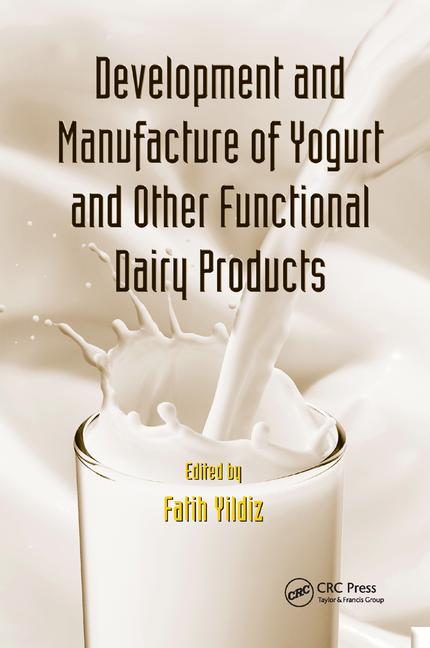
Through better design and engineering, equipment breaks down less frequently. And if a production line can run with fewer operators, the plant manager saves on personnel costs.
This month, Dairy Foods talked with five makers of blow-molding equipment who tell how their new generation of systems can benefit processors of dairy products, juices, teas and other beverages. A sixth new product is a material that effectively blocks UV radiation.
New wheel design runs at higher speeds for lighter-weight bottles
Graham Engineering Corp. (GEC), York, Pa., reached what it calls “a major technical milestone” in November – the commercialization of its next generation rotary wheel for extrusion blow molding.
David Yenor, vice president of business development, says that while the technology around the wheel, such as controls, extruders, flow heads and downstream equipment has changed, GEC had kept the rotating spool of the machine pretty much the same. But in the past two years, the company focused its research and development efforts on improving its rotary wheel approach.
“This utilizes advancements in commercial machine components, and builds upon a step-forward approach we have used successfully on our MINI wheel platform,” Yenor says.
The new wheel design is engineered to run at higher speeds for lighter-weight bottles. The design reduces maintenance requirements and permits higher use of pre-manufactured components.
There is improved access inside the spool area for changing hoses. By changing out just a few parts, a user can add or reduce the number of clamp stations. This gives added flexibility to processors, as they can adjust cavitation or mold sizes if the product mix changes over time, Yenor says.
Another advantage of the new design is that pre-built clamp stations are common for each tonnage – regardless of the number of stations on each machine. Yenor also cites greater mold close time in some configurations (leading to faster cycle times) and reduced lead times to build machines.
“With every decision we have made leading to this new wheel design, our primary approach has been to guarantee the long life of high-efficiency production that our wheel machines are renowned for,” says Wolfgang Liebertz, GEC’s president.
More efficient oven design cuts utility costs
Swiss-based Sidel Group, with offices in Norcross, Ga., has a new blow molder called the SBO Universal2 Eco. The rotary blowing machine offers lower energy use and lower costs. The company states a 45% decrease in oven power consumption is possible because of a new oven design. Changes to the oven configuration have decreased the number of lamps per module as well as the number of heating modules. As a result, the installed electrical power is decreased by more than 40%.
The oven efficiency also helps to decrease heating time by up to 15%. Greater precision in the heat treatment of preforms ensures technical characteristics and bottle quality, the company says. Another benefit of the lower installed power is a smaller footprint for the oven. Offered on all models in the SBO Universal range, this new system can also be adapted to existing machines.
The SBO 14 Universal2 Eco blow molder, which can produce 28,000 bottles an hour, is built with this new oven design. The new configuration has a 40-millimeter pitch (the distance between two spindles) instead of 50 millimeters. It uses 11 oven modules instead of 14 and has eight lamps per module instead of nine. The new machine can produce a 1.5-liter sparkling water bottle with less than half the electricity consumption of previous models.
Blow mold maker focuses on sustainability
Blow molder Uniloy North America, Tecumseh, Mich., says many of its current efforts are focused on achieving sustainable manufacturing. In the company’s view, sustainability is a balance of three elements: reduced consumption of fossil-based resources; reduced energy consumption; and improved container properties.
Uniloy replaces petroleum-based raw materials with bio-based components. It has a partnership with OMYA, a producer of industrial minerals. Through the effective use of calcium carbonate, Uniloy says it has been able to significantly reduce the amount of petroleum-based raw materials needed.
Its next-generation UR Series machines are designed for energy-efficient operation. An all-electric extrusion system, clamping system and rotary trimmers contribute to a decrease in utilities of as much as 25% compared to other blow-molding machine technologies.
The company states its lighter-weight containers require less fuel to transport, use fewer raw materials and are more efficient to produce, finish and fill. Says a company executive: “The solution starts with our design group who turns performance requirements into unique design concepts that reduce mass and meet these demands. Our skilled mold-making team then translates them into tools that run at peak efficiency.”
High-speed machinery for lightweight bottles
Wilmington Machinery, Wilmington, N.C., says its small bottle technology meets a bottler’s challenge of finding faster, simpler and energy-efficient equipment that can produce higher-quality and lighter-weight bottles.
Wilmington’s SB rotary extrusion blow molding systems use a new concept for blowing and handling small bottles at speeds up to 1,200 bottles per minute. Originally targeted to monolayer bottles for liquid yogurts, juices and milk/dairy applications, it has been expanded to food and supplement drinks using six-layer barrier technologies for HDAP and PP containers.
The SB is a simple machine to set up and operate since the technology requires no blow pins, shear steels, complex bottle takeout systems, cut-off knives on the molds or air-operated knockout rods. The company sold a dual parison 40-station (80-cavity) machine to a South American firm to produce small liquid yogurt bottles at 800 bottles per minute.
The SB technology requires less floor space than two to four shuttles or reciprocating machines to produce the same quantity of bottles, says Wilmington vice president Jeff Newman. Other advantages are:
• Reduced labor costs. Fewer operators are required to produce the same number of bottles.
• High-quality containers. One or two parisons can produce the entire quantity of bottles instead of 20-40 different parisons.
• Higher-quality bottles. Instead of using older neck-to-neck techniques when higher outputs are required, Wilmington’s equipment uses small individual molds arranged neck to tail.
• Energy savings. Instead of two to four smaller hydraulic machines requiring 20- to 40-horsepower hydraulic systems each to operate the clamps, the wheel can be driven by a single 10- to 15-horsepower electric motor.
Lightweight foamed PET is effective UV barrier
A new process that enables as much as a 50% improvement in ultraviolet barrier compared to traditional monolayer PET or HDPE dairy bottles could be of interest to processors of milk, drinkable yogurts and other specialty dairy products.
At October’s PackExpo in Chicago, Plastic Technologies Inc., Holland, Ohio, showed Dairy Foods its oPTI lightweight foamed polyethylene terephthalate (PET) container blow molding process. The company offers stock and custom bottles. The first stock container is a 300-milliliter (10-ounce) bottle with a tall, square profile and a 38-millimeter finish.
White or silvery foamed bottles can be made without additives, which otherwise limit package recycling. These bottles will mold into a transparent bottle after remelting and subsequent processing, the company states.
oPTI containers have a unique surface feel and provide tactile “traction,” which minimizes slipping. The process blow molds details more prominently, which enables embossed logos, art elements and other decorations to stand out better, the company says.
oPTI technology can produce bottles with up to 95% reduction in transmitted light when compared to traditional PET containers.
“The light barrier properties are uniquely suited for dairy applications. Even in those situations where a higher level of barrier is required, the technology requires a lower additive percentage, which also has a positive impact on cost,” says Frank Semersky, vice president and chief innovation officer.
The oPTI bottle capability is based on using the MuCell microcellular foam injection technology to mold preforms, which then can be blow molded on conventional equipment.
Lease-to-own is one option for equipment buyers
In response to the U.S. economy, Windhorst Blowmold Inc., Euless, Texas, created the “non-traditional purchasing and exchange plan” for the first quarter of 2011. The company offers leases, lease-to-own and other options, which allow end users to purchase or exchange a complete new or used blow-mold line without a large financial commitment.
“We have to recognize there is uncertainty out there when it comes to major purchases. Our business has to change to bring certainty to our customers,” says Michael D. Windhorst, president. Upgrading or replacing equipment can increase productivity and safety, he says.








